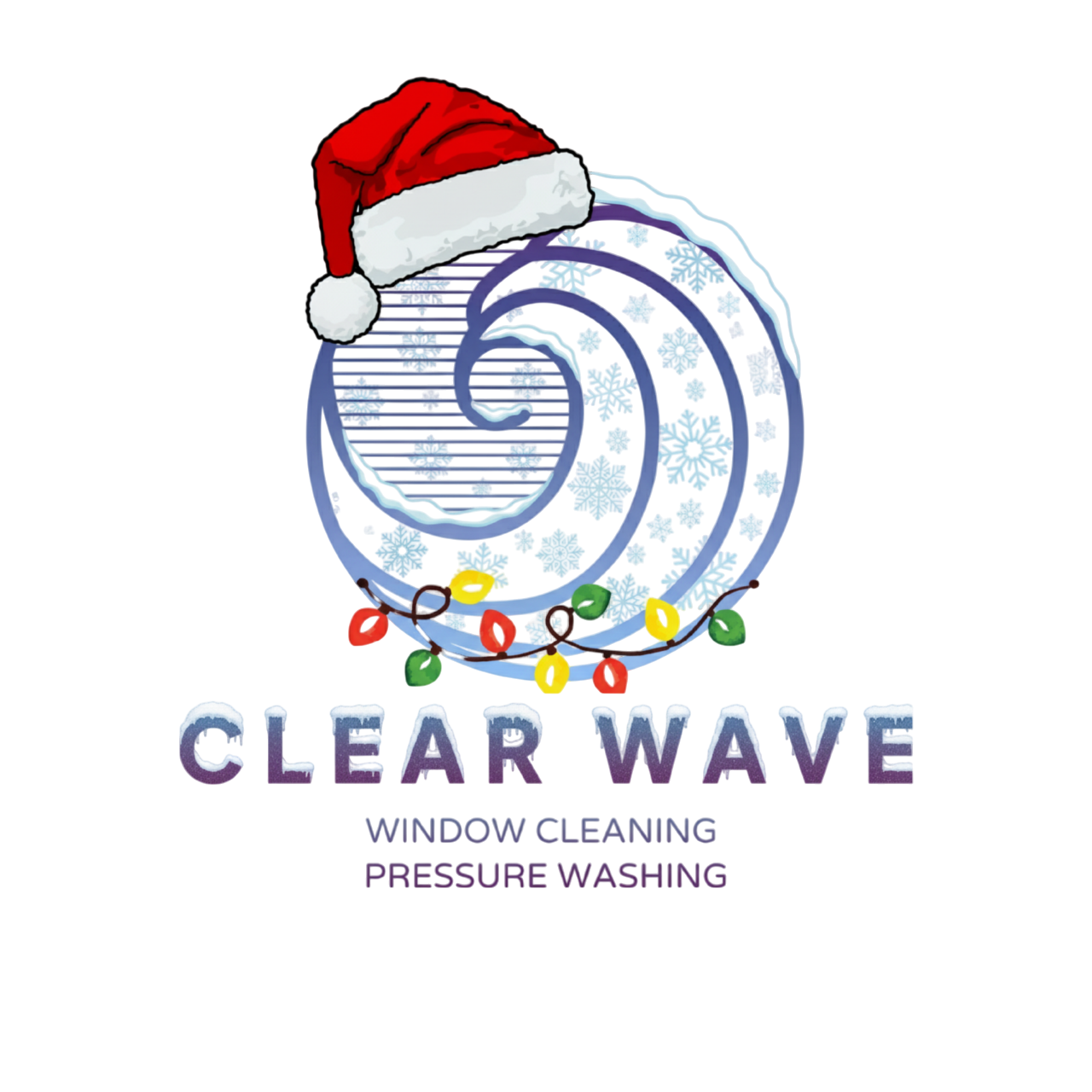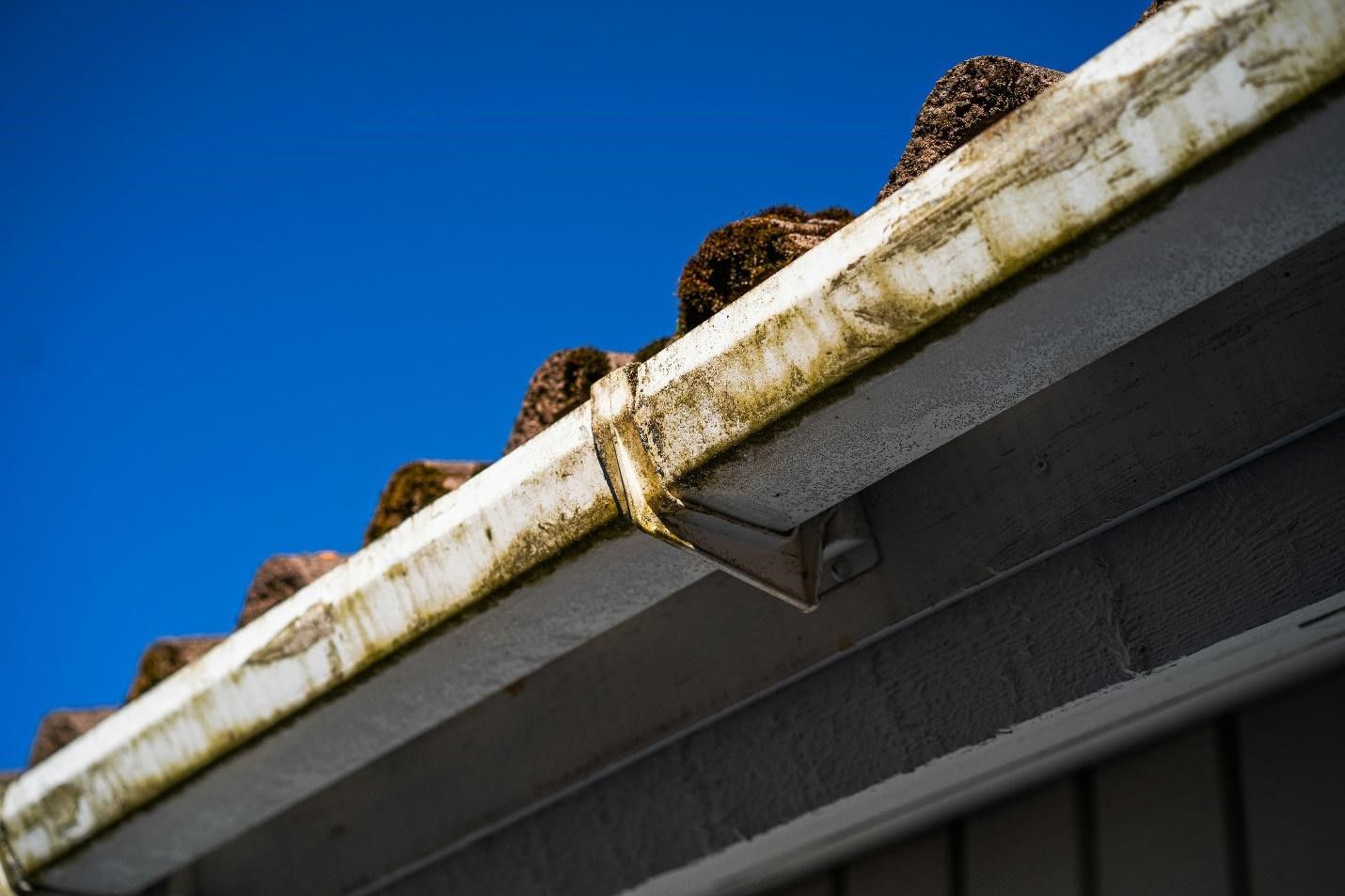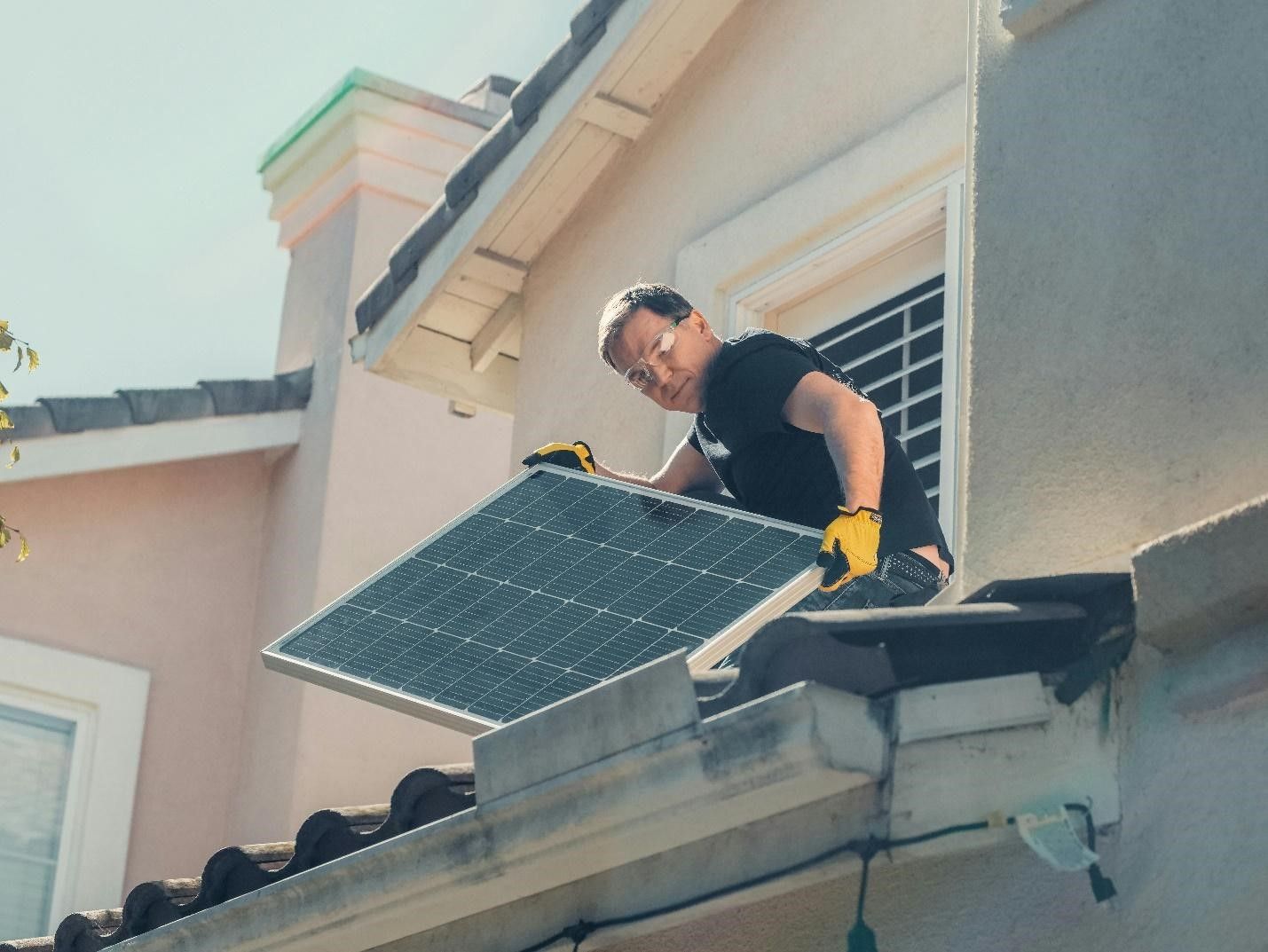Can You DIY a Window Screen Repair? Pros and Cons
A damaged window screen is like a torn fishing net—it might still work, but it won’t do its job well. Small holes and loose mesh let in bugs, dust, and debris, making your home less comfortable. However, before calling for expert help, you might wonder, “Is DIY repair possible?” The answer is “Yes.” Fixing the window screen yourself can be a cost-effective solution, but is it the best choice? Let’s explore whether DIY window screen repair is the right choice for you. Keep reading to find out!
A Closer Look at Window Screens
A window screen is a mesh covering designed to fit over a window opening. It allows fresh air to flow into a home while keeping insects, debris, and other unwanted elements out. Made from materials like fiberglass, aluminum, or stainless steel, window screens are commonly used in homes, offices, and outdoor structures. They are typically held in place by a frame and can be removable or fixed.
What Is DIY Window Screen Repair?
DIY window screen repair means fixing small holes, tears, or loose frames without hiring a professional. It can be a simple process with the right tools and techniques. However, the results depend on your skills and the damage level. Thus, it’s essential to weigh the pros and cons of DIY screen repair before starting.
Pros of DIY Window Screen Repair
- Save Money and Skip the Labor Costs: One of the biggest advantages of DIY window screen repair is that it saves money. Hiring a professional can be costly, but doing it yourself eliminates labor costs. The materials needed for repairs, such as replacement mesh and a spline roller, are inexpensive and can be used multiple times. This makes DIY repairs a budget-friendly option for homeowners who want to maintain their window screens without breaking the bank.
- Quick Fixes, No Waiting Required: Another benefit is that small fixes can be completed quickly. If you already have the necessary tools, you can repair minor holes and tears in minutes. Simple tools, like screen patches and spline rollers, allow you to complete the job efficiently without waiting for a professional appointment. This means you can enjoy a functional window screen without delays.
- Easy to Learn, Simple to Master: DIY window screen repair is also easy to learn. Many online tutorials provide step-by-step instructions on how to fix window screens. With a little patience, anyone can master the process. Basic repairs require minimal skill, making it a fun and rewarding DIY project. Whether you’re replacing a small section of mesh or installing a brand-new screen, the learning curve is manageable.
- Custom Repairs for a Perfect Fit: Another advantage is the ability to create a custom fit. If your screen frame is intact, you can cut and install a new mesh to ensure a perfect fit. You can also choose different types of screens, such as pet-resistant mesh or sun-blocking screens, depending on your needs. This allows for a more personalized repair solution compared to standard replacements.
- The Satisfaction of a Job Well Done: Finally, completing a DIY repair provides a sense of accomplishment. Fixing something on your own boosts confidence in home improvement skills. It also encourages homeowners to take on other small repairs around the house. The satisfaction of solving a problem with your own hands can be incredibly rewarding.
Cons of DIY Window Screen Repair
- Time-Consuming and Requires Patience: While DIY window screen repair has its benefits, it can also be time-consuming. If you're new to repairs, the process may take longer than expected. Stretching and securing the screen properly requires patience and precision. A rushed job may lead to a loose or wrinkled screen, requiring additional adjustments.
- Durability May Not Match Professional Repairs: Another drawback is that DIY repairs may not be as durable as professional fixes. If the installation is not done correctly, the screen may become loose over time. Poorly fitted spline or weak adhesive patches may cause the mesh to sag or pop out sooner than expected, leading to frequent repairs.
- Requires Special Tools and Materials: DIY repairs also require specific tools and materials. To complete the job, you need a spline roller, replacement mesh, and possibly a new frame. If you don’t already own these tools, purchasing them for a one-time repair may not be cost-effective. Additionally, finding the right materials that match your existing screen can sometimes be challenging.
- The Risk of an Imperfect Finish: Another downside is that DIY repairs may not always look perfect. If the screen is not stretched properly or the edges are uneven, the repair may be noticeable. Wrinkles in the mesh or misaligned spline can make the screen look untidy. A professional, on the other hand, can ensure a seamless finish that blends in with the rest of the window.
- Large Repairs Can Be Challenging: Fixing large repairs can also be difficult without the right expertise. If the frame is bent or severely damaged, a DIY fix may not be enough. Replacing or rebuilding a frame requires specialized tools that most homeowners do not have. In such cases, hiring a professional may be the better option to ensure a long-lasting and visually appealing repair.
- The Risk of Costly Mistakes: Lastly, DIY repairs come with the risk of mistakes. If the spline is not secured properly or the mesh is cut incorrectly, the screen may not hold up over time. A poorly installed screen can lead to recurring issues, requiring another repair sooner than expected. If you’re unsure about the process, it may be best to leave the job to a professional.
How to Fix Window Screens: A Step-by-Step Guide
If you decide to fix your window screen, follow these simple steps:
Step 1: Gather Materials
To get started, make sure you have the necessary materials.
- Replacement screen mesh
- Spline roller
- Scissors or utility knife
- New spline (rubber cord)
- Flathead screwdriver
Step 2: Remove the Old Screen
Use a screwdriver to remove the spline, then pull out the damaged mesh.
Step 3: Cut the New Mesh
Lay the new mesh over the frame. Make sure you leave an extra inch around the edges.
Step 4: Insert the Spline
Use a spline roller to press it into the grooves. This holds the mesh tightly.
Step 5: Trim Excess Mesh
Use scissors or a utility knife for clean edges.
Step 6: Reinstall the Screen
- Place the frame back into the window.
When to Call a Professional?
Sometimes, a DIY repair may not be the best solution. If the frame is damaged or deformed, fixing it on your own can be tricky. In such cases, a professional can restore the frame and install a new screen more effectively.
Apart from this, if multiple screens need repair, a professional can complete the job faster. Repairing multiple window screens on your own can be time-consuming and tedious. A professional service ensures all screens are fixed quickly and efficiently.
Lastly, for those who want a seamless finish, hiring an expert is the best choice. Professionals have the right tools and experience to ensure a clean, wrinkle-free installation. If you have specialty screens, such as solar or pet-resistant mesh, professional installation may be necessary to ensure the best performance and longevity.
DIY vs. Professional Repair: A Quick Comparison
Choosing between DIY and professional window screen repair depends on factors like cost, time, and the quality of the final result. While a DIY fix can be budget-friendly and convenient, professional repairs ensure durability and a flawless finish. Let’s compare both options to help you decide which is best for your needs.
| Feature | DIY Repair | Professional Repair |
|---|---|---|
| Cost | Low | Higher (labor costs) |
| Time Needed | 30-60 minutes per screen | Faster for multiple screens |
| Tools Needed | Yes | No (provided by the expert) |
| Durability | Varies | More long-lasting |
| Appearance | May be uneven | Seamless finish |
| Best for | Small holes, minor tears | Large damages, multiple screens |
| Risk of Mistakes | Higher | Lower |
Final Thoughts
To conclude, a window screen is like a shield for your home—it keeps unwanted guests out while letting fresh air in. When it gets damaged, you have two choices: fix it yourself or call a pro. DIY window screen repair is a great option for small damages. It saves money and is easy to learn. However, before you roll up your sleeves and dive in, make sure you weigh the pros and cons of DIY screen repair and decide if it’s best for you! On the contrary, if you want a professional finish or if the damage is extensive, calling an expert may be the better choice, as they deliver a flawless finish with less hassle. The choice is yours!






